This Article has been revised, edited and added to, by Poulomi Chakraborty.
- The Battle of Platforms: Social Media vs. Email Marketing
- Leveraging Content Marketing to Drive Webinar Registrations and Attendance
- SEO Optimization for Event Websites: Driving Organic Traffic
- Leveraging Analytics to Improve Future Events
- Harnessing the Power of Paid Advertising to Boost Event Exposure
- Utilizing Affiliate Marketing to Expand Reach
- Enhancing Event Engagement with Video Marketing
- Utilizing Augmented Reality (AR) and Virtual Reality (VR) in Event Marketing
- Conclusion
Welcome to the exciting world of digital marketing for events and webinars! Whether you’re planning a corporate conference, a creative workshop, or an educational seminar, mastering the art of digital marketing is crucial to not only fill seats but also to enhance participant engagement. In this comprehensive guide, we’ll explore innovative strategies to promote your events, captivate your audience, and ensure that every session is buzzing with interaction. Get ready to transform the way you approach event promotions and create memorable experiences for all attendees.
The Battle of Platforms: Social Media vs. Email Marketing
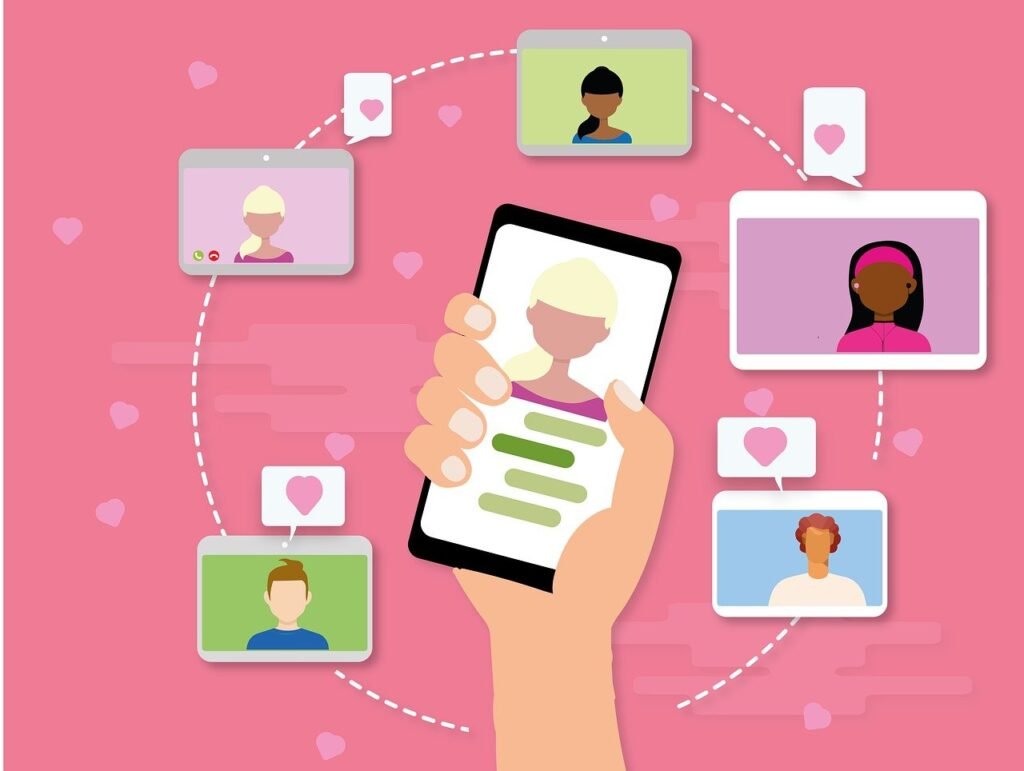
In the realm of digital marketing, two titans dominate the landscape: social media and email marketing. Each platform offers unique benefits and can be incredibly effective in boosting event attendance and engagement. However, understanding the nuances and strengths of each can help you tailor your approach for maximum impact.
Social Media: Expanding Reach and Creating Buzz
Social media platforms, such as Facebook, Instagram, Twitter, and LinkedIn, offer unparalleled opportunities to reach a vast audience. The visual and interactive nature of these platforms makes them ideal for creating buzz and excitement around your event. Here’s how you can leverage social media to your advantage:
- Event Hashtags: Create a unique hashtag for your event and encourage participants to use it in their posts. This not only promotes your event organically but also helps you track conversations and engage with attendees.
- Live Updates: Share live updates, behind-the-scenes content, and sneak peeks to keep your audience interested and excited. This strategy works particularly well on platforms like Instagram and Snapchat where ephemeral content reigns supreme.
- Engaging Content: Post interactive content such as polls, quizzes, and Q&A sessions to engage your followers. This not only increases interaction but also gives you valuable insights into your audience’s preferences and expectations.
- Influencer Partnerships: Collaborate with influencers who can promote your event to their followers. Choose influencers whose audiences align with your target demographic to ensure that your event reaches the right people.
Email Marketing: Personalization and Direct Engagement
While social media excels at broad reach and engagement, email marketing allows for a more personalized approach. This platform is particularly effective in nurturing leads and converting interest into actual event attendance. Here’s how email can be used effectively:
- Segmented Campaigns: Segment your email list based on demographics, past event attendance, and expressed interests. This allows you to personalize your messages and increase relevance, which can lead to higher open and conversion rates.
- Early Bird Offers: Send out early bird offers to your email list to incentivize quick registrations. This not only boosts early ticket sales but also helps in estimating attendee numbers well in advance.
- Regular Updates: Keep your potential attendees informed with regular updates about the event schedule, speakers, and any changes. Transparency is key to building trust and ensuring that your audience feels valued.
- Post-Event Engagement: After the event, use emails to send thank you notes, feedback surveys, and teasers for upcoming events. This keeps your audience engaged and lays the groundwork for future events.
Making the Right Choice
Deciding whether to focus more on social media or email marketing depends on your specific event goals and audience. If brand visibility and broad targeting are your primary goals, social media might be the way to go. However, for deeper engagement and direct communication, email marketing could be more effective.
Leveraging Content Marketing to Drive Webinar Registrations and Attendance
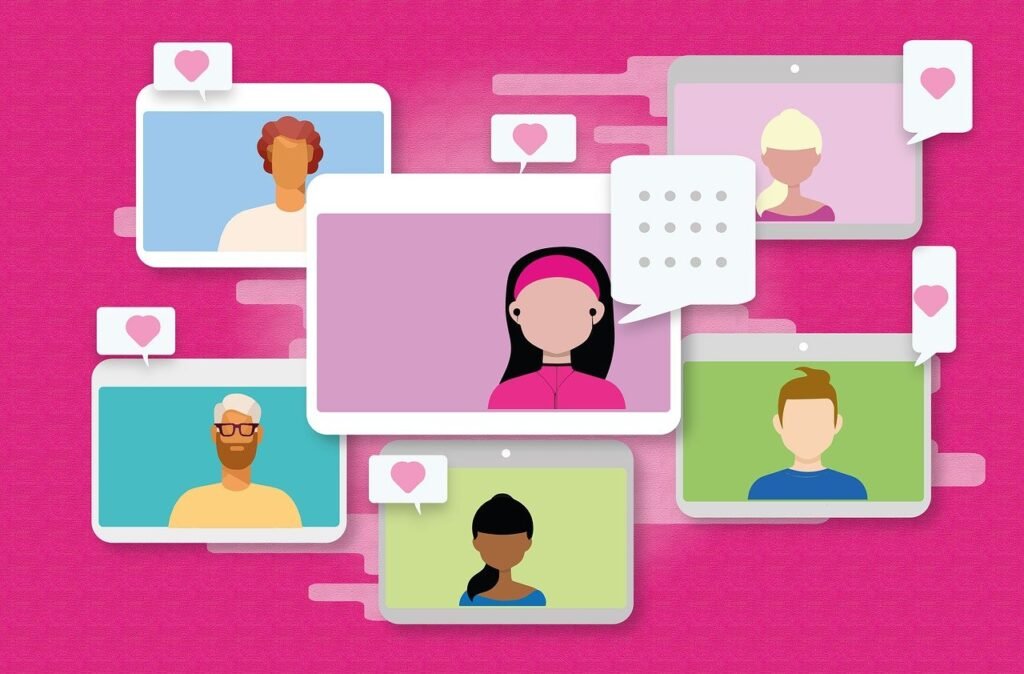
Content marketing is a powerful tool in your digital marketing arsenal, especially when it comes to promoting webinars. By creating valuable and relevant content, you can attract, engage, and motivate your audience to sign up and attend your online events. Let’s delve into how you can harness the power of content marketing to increase both registrations and attendance at your webinars.
Creating Valuable Content to Attract Audiences
The core of content marketing lies in delivering value to your audience. This can be through informative blog posts, insightful videos, or engaging infographics that address the needs and interests of your potential attendees.
- Blog Posts: Write detailed articles that explore topics related to your webinar. Use these posts to highlight the issues that your webinar will address, and provide a teaser of the knowledge that attendees will gain. Make sure each post includes a clear call-to-action (CTA) that directs readers to your webinar registration page.
- Instructional Videos: Videos are a fantastic way to capture attention and can be used to provide a sneak peek of your webinar content. Host these videos on platforms like YouTube, Vimeo, or even embedded on your own site. Ensure that they are optimized for SEO with relevant keywords, so they also serve to bring in organic traffic.
- Infographics: Create infographics that summarize key points of your webinar or illustrate statistics and trends that will be discussed. These are highly shareable across social media platforms and can drive visibility as well as registrations.
Utilizing Content to Engage and Convert
Once you’ve attracted an audience, your next step is to keep them engaged and guide them towards registering for your webinar. Here’s how you can use content to not just capture, but also maintain interest and convert it into tangible action.
- Email Nurturing Campaigns: Develop a series of emails that nurture leads by providing more in-depth information about the topics your webinar will cover. Each email should build on the last, offering more insight and value, culminating in a strong CTA that encourages registration.
- Webinar Teasers: Release short, compelling clips from your upcoming webinar or from past successful webinars. These teasers can be an effective way to pique interest and give potential attendees a taste of what they can expect to learn.
- Case Studies and Testimonials: Share success stories and testimonials from past webinar attendees to build credibility and demonstrate the value of your content. Real-life examples of how others have benefited from your webinars can be a powerful motivator for new registrations.
Ensuring Consistent Engagement
The journey doesn’t end with a registration. It’s essential to keep your registrants engaged and excited about the upcoming webinar to ensure they actually attend.
- Reminder Emails: Send timely reminders as the webinar approaches. Include practical details about how to join the webinar, what to expect during the session, and maybe even what to prepare in advance. This helps in minimizing no-shows and ensures a high attendance rate.
- Interactive Content: Prior to the webinar, engage your registered participants with interactive content such as polls, surveys, or social media discussions about the webinar topics. This not only keeps them engaged but also helps you tailor the session based on their inputs.
- Exclusive Pre-Event Content: Offer registrants exclusive content such as eBooks or whitepapers when they sign up, or access to exclusive Q&A sessions with the speakers before the main event.
By using content marketing strategically, not only can you boost your webinar registrations, but you can also ensure that those who register are well-prepared, engaged, and more likely to attend. Content is not just king; it’s the ace in your event marketing deck.
SEO Optimization for Event Websites: Driving Organic Traffic

Search Engine Optimization (SEO) is essential for any event website. Effective SEO strategies ensure your site appears at the top of search results when potential attendees are looking for events like yours. This section will guide you through optimizing your event website to attract more organic traffic and increase registrations.
Keyword Optimization: Targeting the Right Audience
To attract the right audience, you need to understand what potential attendees are searching for. This involves researching and using keywords that are relevant to your event.
- Keyword Research: Use tools like Google Keyword Planner, SEMrush, or Ahrefs to find keywords related to your event’s theme, industry, and location. Look for keywords with high search volumes but moderate to low competition that can realistically be targeted.
- On-Page SEO: Incorporate these keywords into your website’s content, titles, meta descriptions, and URLs. Ensure that the usage is natural and enhances readability, as keyword stuffing can negatively impact your SEO efforts.
- Content Creation: Regularly update your site with fresh content that includes your target keywords. This could be blog posts about the event, interviews with speakers, or articles on topics related to the event. Fresh content not only helps with SEO but also keeps your audience engaged.
Technical SEO: Ensuring a Seamless User Experience
Technical SEO focuses on improving the technical aspects of your website to increase the ranking of its pages in the search engines.
- Mobile Optimization: Ensure your event website is mobile-friendly. With the increasing use of mobile devices to browse the internet, a mobile-optimized website is crucial for attracting and retaining visitors.
- Page Speed: Optimize website loading times as slow-loading pages can lead to a high bounce rate. Use tools like Google PageSpeed Insights to identify and fix issues that may be slowing down your site.
- Secure Website: Use HTTPS to secure your website. Security is a top priority for Google, and secure websites tend to rank higher in search results.
User Experience (UX): Keeping Visitors Engaged
The user experience on your website can significantly impact your SEO rankings and conversion rates. Ensure your website is easy to navigate and provides all the necessary information about the event in an accessible format.
- Clear Navigation: Make it easy for visitors to find what they’re looking for with a well-organized menu and a clear path to registration.
- Engaging Design: Use an attractive design that reflects the theme of your event. Include multimedia elements like images, videos, and interactive elements to keep visitors engaged.
- CTA Placement: Strategically place clear and compelling calls to action throughout your website, encouraging visitors to register for the event.

Related: Check out our free SEO suite

Leveraging Analytics to Improve Future Events
The power of data cannot be underestimated in event planning and marketing. By analyzing data from your previous events, you can gain insights that will help you improve future events.
Post-Event Analysis: Learning from Data
After every event, it’s crucial to dive into the data to see what went well and what could be improved.
- Attendee Feedback: Collect feedback through surveys and questionnaires. This direct input from attendees can provide valuable insights into what aspects of the event were successful and which areas need improvement.
- Website Analytics: Use Google Analytics or other tools to analyze traffic to your event page. Look at metrics like page views, how long people stay on the page, and the bounce rate. This information can help you understand visitor behavior and optimize your website for future events.
- Engagement Metrics: Track how engaged the audience was during the event. This could include participation in polls, questions asked during Q&A sessions, and social media interaction.
Continuous Improvement: Using Analytics for Planning
With concrete data, you can make informed decisions about how to structure and market your next event.
- Targeted Marketing: Use demographic and interest data gathered from analytics to tailor your marketing efforts for future events.
- Budget Allocation: Analyze which marketing channels delivered the best ROI and allocate your budget accordingly for future events.
- Content Strategy: Look at which types of pre-event content (e.g., blog posts, videos) were most effective at driving registrations and focus on creating more of that content.
By implementing these SEO and analytics strategies, you can not only improve the visibility and success of your current event but also lay a strong foundation for future successes.
Harnessing the Power of Paid Advertising to Boost Event Exposure
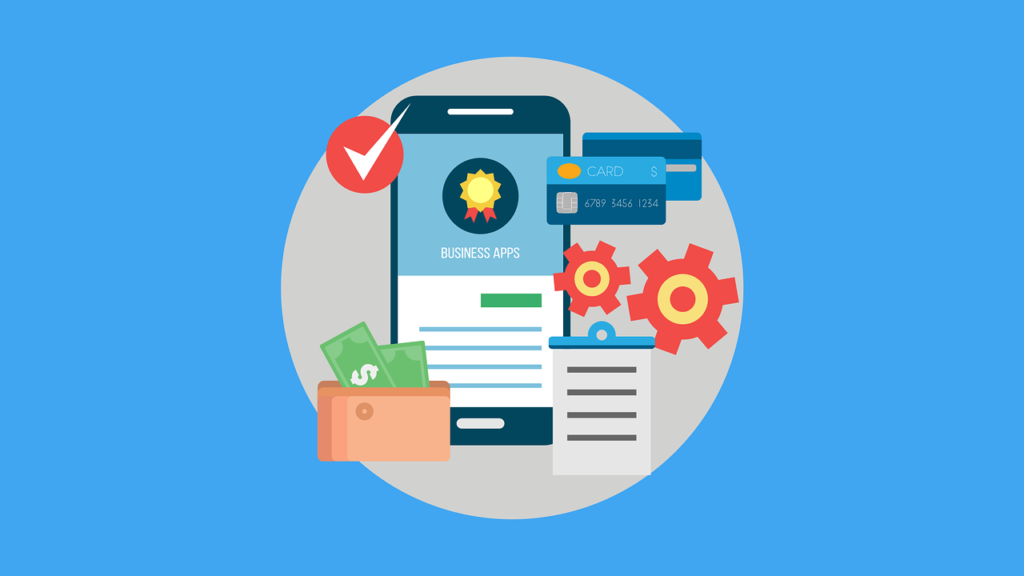
While organic reach is crucial, integrating paid advertising into your digital marketing strategy can significantly amplify your event’s visibility and attract more attendees. Let’s explore how to effectively utilize paid advertising channels to maximize your event exposure.
Choosing the Right Platforms for Paid Ads
Different advertising platforms offer various benefits depending on your target audience and the type of event you are promoting. Here are a few options:
- Google Ads: Utilize Google Ads for search engine advertising. By targeting specific keywords related to your event, you can ensure your ads appear to those actively searching for related information. This can be particularly effective for driving targeted traffic to your event page.
- Facebook and Instagram Ads: These platforms offer robust targeting options based on demographics, interests, behaviors, and more. You can use eye-catching images or videos to grab attention and direct users to your registration page.
- LinkedIn Ads: If you’re hosting a professional or industry-specific event, LinkedIn’s advertising solutions can be invaluable. Target professionals based on their industry, job title, and professional interests to increase the relevance of your ads.
Crafting Effective Ad Campaigns
Creating compelling ad campaigns is crucial for catching the eye of potential attendees and convincing them to click through to your event details. Here’s how to craft effective ads:
- Compelling Copy: Write clear, action-oriented ad copy that communicates the value of your event succinctly. Highlight what makes your event unique and why someone should attend.
- Visual Appeal: Use high-quality graphics or short videos in your ads to make them stand out. Visual content is more engaging and can help convey the atmosphere of your event.
- A/B Testing: Run different versions of your ads to see which ones perform the best. Test different headlines, images, and call-to-actions to refine your approach and improve your ad effectiveness.
Measuring Ad Performance
To ensure the effectiveness of your paid advertising efforts, it’s crucial to measure and analyze the performance of your ads.
- Conversion Tracking: Set up conversion tracking to see how many clicks on your ads result in registrations. This will help you calculate your return on investment (ROI) and identify which ads are most effective.
- Analytics Tools: Use tools like Google Analytics and the built-in analytics features on social media platforms to track the performance of your campaigns. Look at metrics such as click-through rates (CTR), cost per click (CPC), and conversion rates.
- Adjustments and Optimization: Based on the data collected, make necessary adjustments to your campaigns. Optimize your bidding strategies, refine your targeting, and tweak your ad creative to maximize your budget and increase event attendance.
Utilizing Affiliate Marketing to Expand Reach
Affiliate marketing can be a powerful strategy to expand the reach of your event by leveraging partnerships with influencers and industry leaders who have their own audiences.
Building a Network of Affiliates
- Identify Potential Affiliates: Look for influencers, bloggers, and industry experts whose audiences align with your target demographic for the event.
- Offer Incentives: Provide affiliates with incentives such as a commission for each ticket sold through their unique affiliate link. This motivates them to promote your event more actively.
- Provide Resources: Supply your affiliates with all the necessary marketing materials, such as promotional graphics, pre-written social media posts, and detailed information about the event, to make it easy for them to promote.
Tracking and Managing Affiliate Performance
- Affiliate Tracking Software: Use software solutions to track the performance of each affiliate. This software can help you see which affiliates are driving traffic and sales, allowing you to focus your efforts on the most productive partnerships.
- Regular Communication: Keep in touch with your affiliates to keep them engaged and informed about any updates or changes to the event. Regular communication helps maintain a strong relationship and encourages ongoing promotion.
By combining these advanced digital marketing strategies—paid advertising and affiliate marketing—you can significantly increase the visibility and attendance of your events. Each tactic offers unique advantages that, when used together, can create a comprehensive marketing approach that covers multiple bases.
Enhancing Event Engagement with Video Marketing
Video marketing is a dynamic and highly effective aspect of digital marketing that can significantly enhance the engagement and excitement around your events and webinars. Videos not only capture attention more effectively than text or images but also provide a richer, more immersive experience. Let’s explore how to effectively integrate video marketing into your event promotion strategy.
Creating Impactful Event Videos
- Promotional Teasers: Create short, engaging teasers that highlight the key features of your event. These videos should be exciting and designed to spark curiosity and anticipation. Share them on your website, social media channels, and YouTube to reach a broad audience.
- Speaker Interviews: Prior to the event, release interviews with speakers or prominent participants. These interviews can provide insights into the topics that will be discussed and add a personal touch, making the event feel more accessible and engaging.
- Behind-the-Scenes Clips: Offer a glimpse behind the scenes of the event planning process or set up. This type of content can humanize your brand and build a connection with potential attendees by showing the effort and excitement that goes into hosting the event.
- Live Streaming: Consider live streaming parts of the event itself. This can be particularly effective for reaching those who are interested but unable to attend in person. Live streams also provide real-time engagement opportunities, such as live chats and polls.
Leveraging Video for Enhanced Engagement
- Interactive Features: Use interactive video features such as Q&A sessions, real-time polls, and clickable links within the video (often supported by platforms like YouTube). These features can significantly increase viewer engagement and participation.
- Optimization for SEO: Optimize your video content for search engines by using relevant keywords in the video title, description, and tags. Also, host your video on multiple platforms (like Vimeo and YouTube) to increase its visibility and reach.
- Social Sharing: Encourage viewers to share your videos on social media. Provide shareable video snippets or highlights that can be easily posted to social media platforms. This can help your event gain viral traction.
Measuring Video Marketing Success
To determine the effectiveness of your video marketing efforts, it’s crucial to track specific metrics and analyze the data.
- View Count and Watch Time: Monitor how many people are watching your videos and how long they are staying engaged. A high watch time generally indicates that your content is engaging and relevant.
- Engagement Metrics: Look at likes, shares, comments, and the number of times your video has been embedded on other sites. These metrics provide insights into how interactive and popular your video is among viewers.
- Conversion Metrics: Track how many event registrations are being generated from your videos using tracking links and dedicated landing pages. This will help you understand the direct impact of your video marketing on your event’s attendance.
Integrating Video into Overall Marketing Strategy
Integrate video marketing with your other digital marketing efforts to create a cohesive and unified promotional campaign. For example, use email marketing to send out video content, or use videos in your PPC ads to increase their attractiveness and click-through rates.
By harnessing the power of video marketing, you can dramatically enhance the visibility and appeal of your events. Videos not only help in promoting the event beforehand but also in extending the life of the event content post-event, keeping your audience engaged and connected long after the event has concluded.
Utilizing Augmented Reality (AR) and Virtual Reality (VR) in Event Marketing
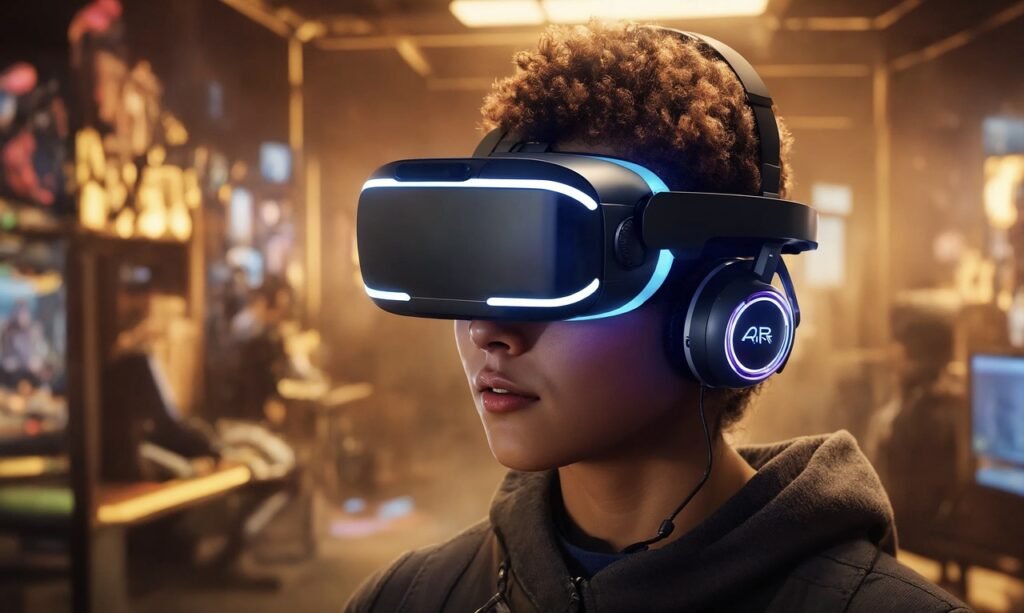
Augmented reality (AR) and virtual reality (VR) are transforming event marketing by offering immersive and interactive experiences that can captivate potential attendees. These technologies not only enhance the attendee experience but also provide innovative ways to showcase your event. Here’s how you can integrate AR and VR into your event marketing strategy.
Augmented Reality: Enhancing Real-World Interactions
- AR Invitations: Send out digital event invitations that come to life with AR. Users can point their smartphone cameras at the invitation to see a 3D animation of the event details or a personal welcome message from the host.
- Interactive Venue Maps: Use AR to create interactive maps that attendees can access via their smartphones. These maps can show real-time information, such as session timings and locations, helping attendees navigate the event more effectively.
- Virtual Booths and Exhibits: For trade shows and exhibitions, AR can be used to create virtual booths that attendees can explore through their mobile devices. This can include interactive product demos or information displays that engage users in a novel way.
Virtual Reality: Creating Fully Immersive Experiences
- Virtual Venue Tours: Before the event, offer potential attendees the chance to take a VR tour of the venue. This can be particularly useful for large-scale events or conferences, giving a preview of the setting and what they can expect.
- VR Sessions: Incorporate VR sessions into the event, where attendees can don VR headsets and be transported to a completely different environment. This could be used for virtual talks, demonstrations, or even entertainment.
- Hybrid Events: For hybrid events, use VR to provide remote attendees with a 360-degree experience that makes them feel as if they are attending in person. This can greatly enhance the inclusiveness and reach of your event.
Integrating AR and VR with Traditional Marketing
To maximize the impact of AR and VR, integrate these technologies with your traditional marketing efforts:
- Social Media Teasers: Share snippets of your AR and VR content on social media to intrigue and attract potential attendees. Use these teasers to drive traffic to your website or event app where users can experience the full AR or VR content.
- Email Marketing: Embed links in your emails that direct recipients to AR or VR experiences hosted on your event page. This could significantly boost engagement rates in your email campaigns.
- Press Releases: When sending out press releases about your event, include information about the innovative use of AR and VR technology. This can attract media coverage and pique the interest of tech-savvy attendees.
Measuring the Impact of AR and VR
To understand the effectiveness of AR and VR in your event marketing, monitor several key performance indicators:
- User Engagement: Track how many attendees use the AR/VR features and how long they engage with them. High engagement rates can indicate the success of the integration.
- Feedback: Collect qualitative feedback from attendees regarding their experiences with the AR and VR elements of the event. This can provide insights into how well these technologies enhanced their overall experience.
- Conversion Rates: Measure whether there’s an increase in event sign-ups or registrations from campaigns that included AR or VR experiences compared to those that didn’t.
By leveraging AR and VR, you can not only create a buzz around your events but also provide truly memorable experiences that might not be possible otherwise. These technologies are particularly effective in standing out in a crowded market and can significantly boost the perceived value of your event.
Conclusion
In the dynamic world of digital marketing for events and webinars, the key to success lies in a multifaceted approach. By blending traditional strategies with cutting-edge technologies like video marketing, AR, and VR, event organizers can captivate a broader audience and create more engaging, memorable experiences. Leveraging tools such as SEO, content marketing, and paid advertising ensures your event reaches its intended audience effectively, while innovative technologies provide immersive experiences that elevate the value and appeal of your events.
Ultimately, the integration of analytics allows for the continuous improvement of marketing efforts, ensuring that each event is more successful than the last. Through strategic planning and the adoption of these diverse marketing tools, you can significantly enhance both attendance and engagement at your events, setting a new standard for excellence in the competitive landscape of event marketing.
Read Next
- The Role of Visual Content in Modern Marketing: Why It’s a Game-Changer
- Content Marketing for E-commerce: Driving Sales with Engaging Content
- The Power of Storytelling in Content Marketing [Real-World Examples]
- A Quick 5-Step Checklist for Publishing High-Quality Content
- The Role of Affiliate Marketing in a Comprehensive Digital Strategy





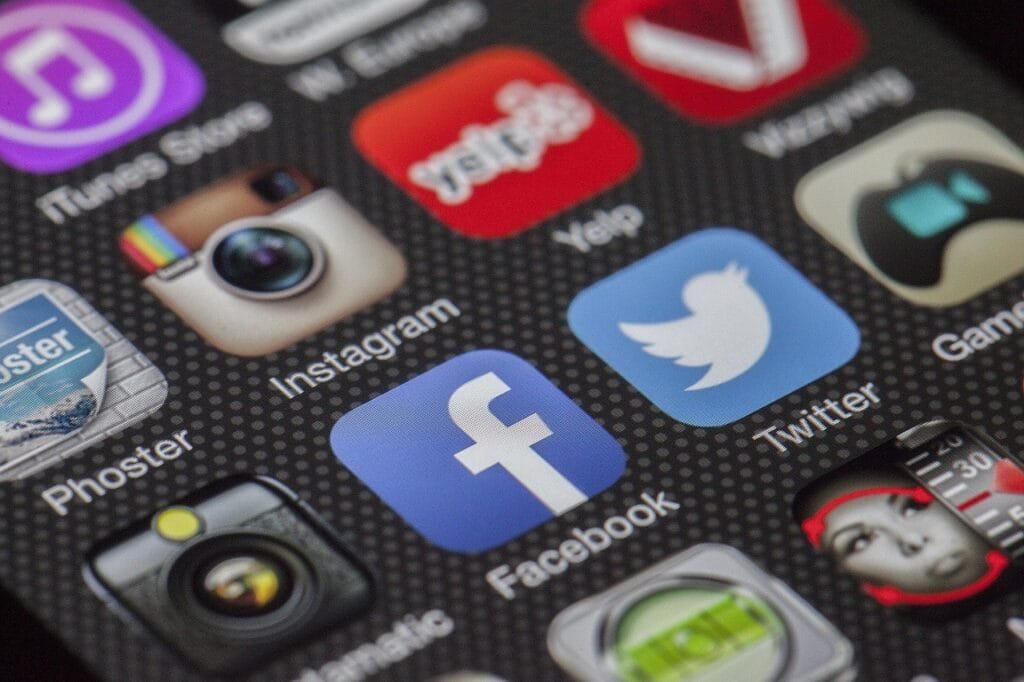
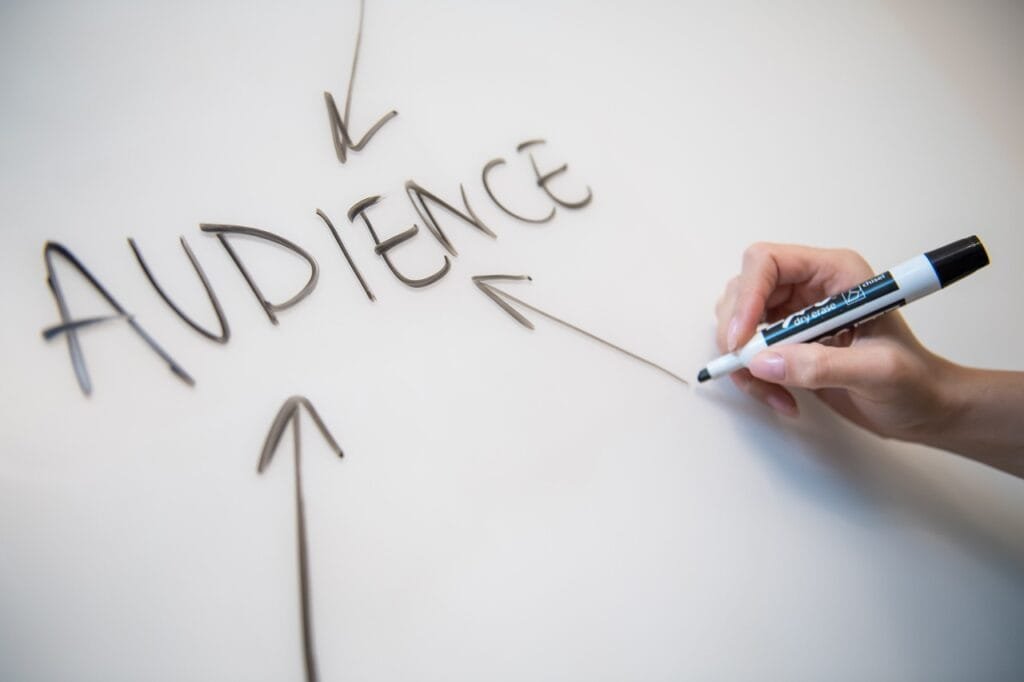
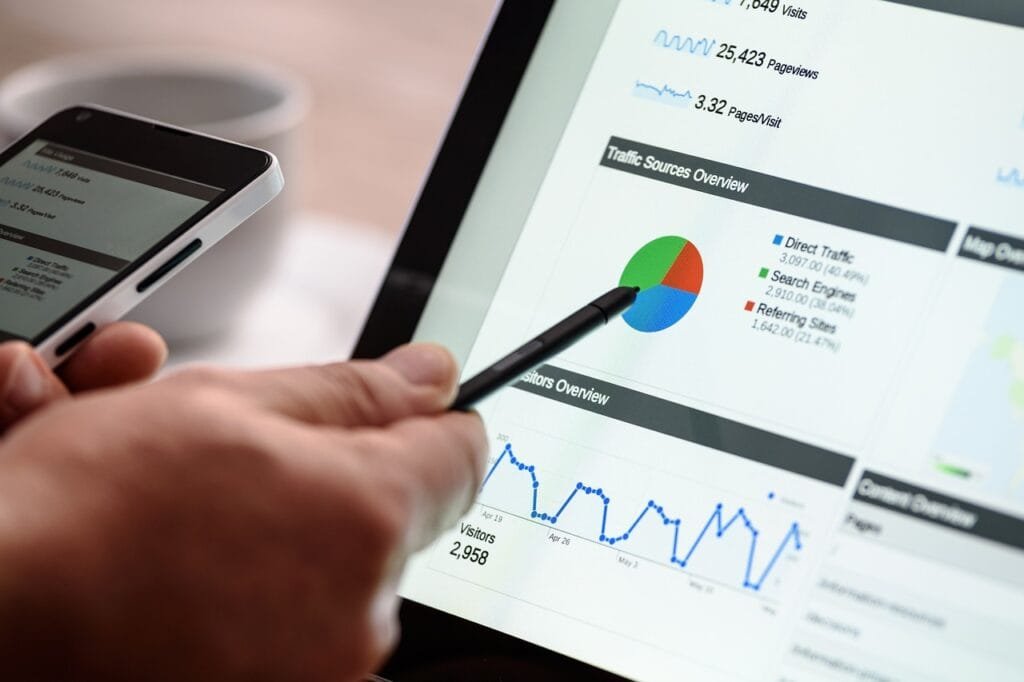





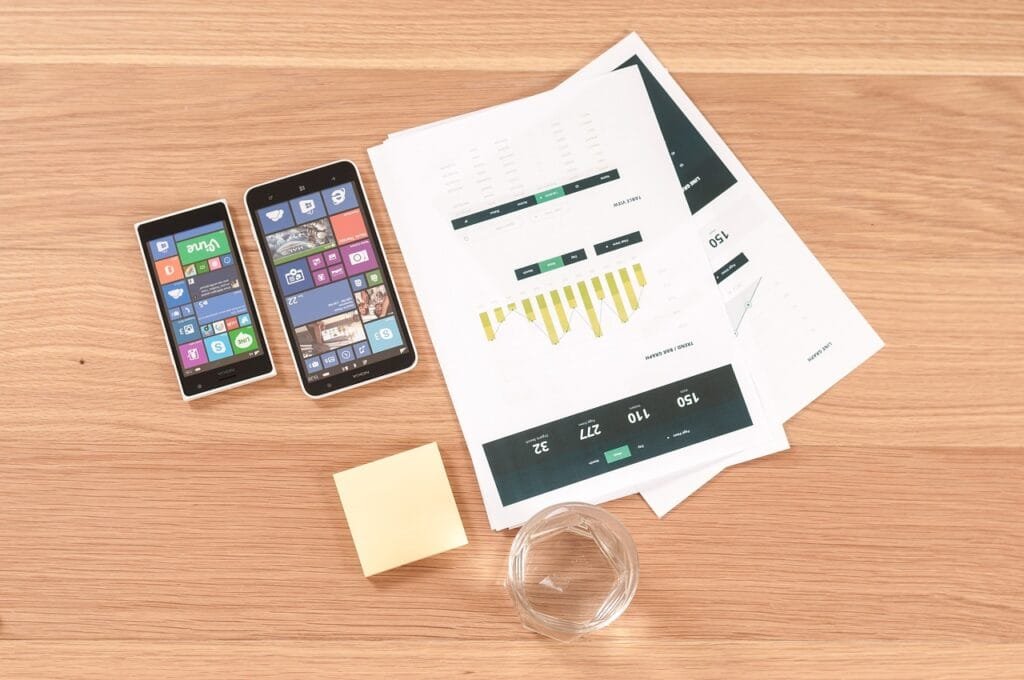


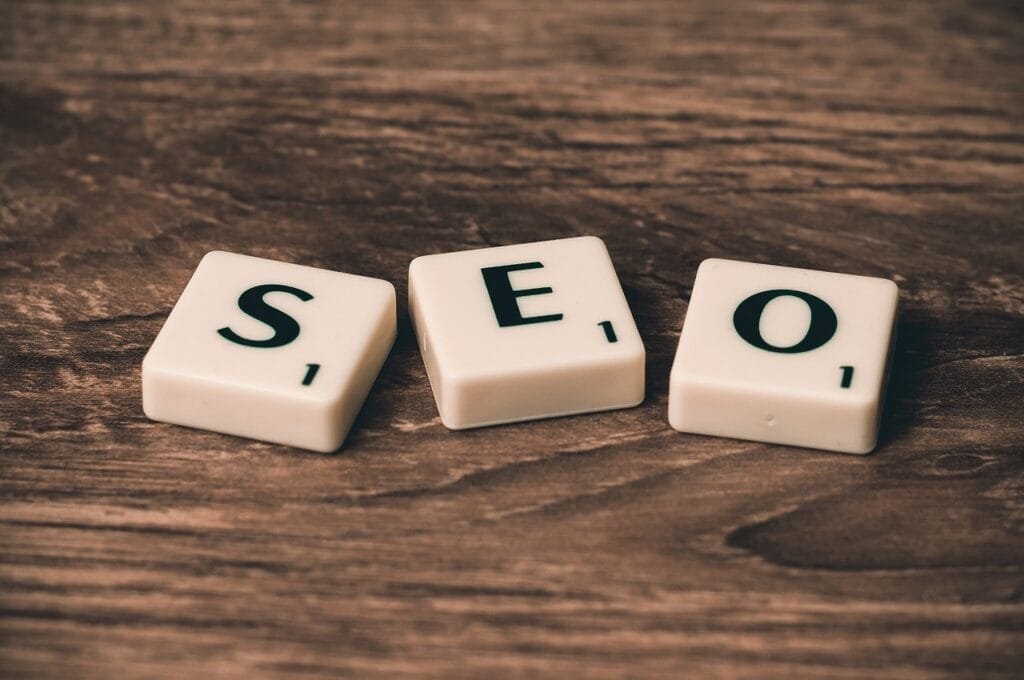


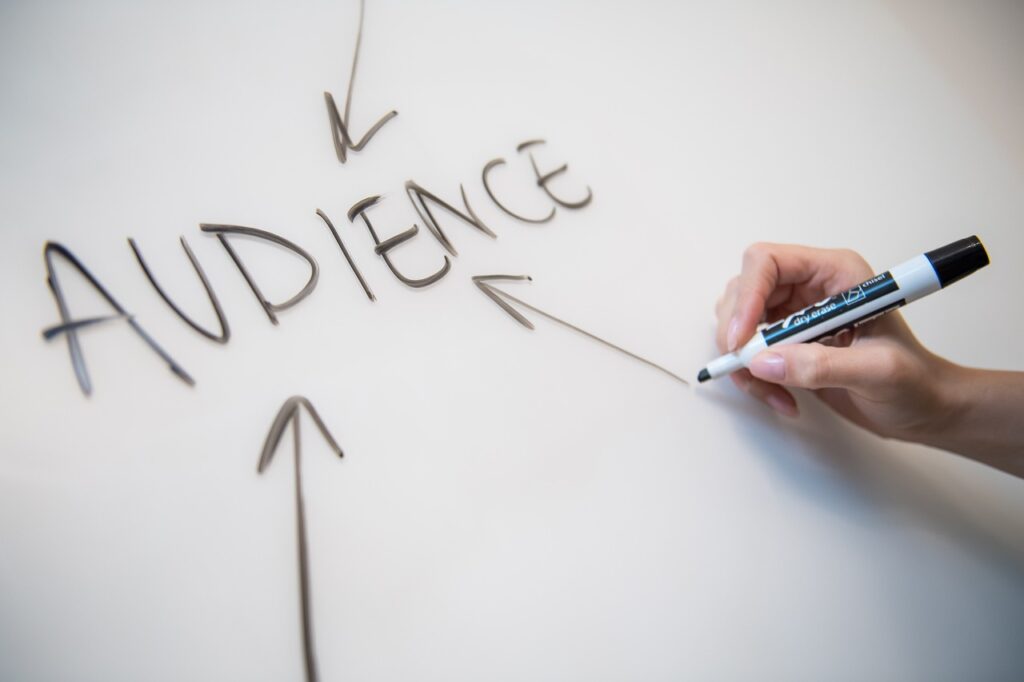


Comments are closed.